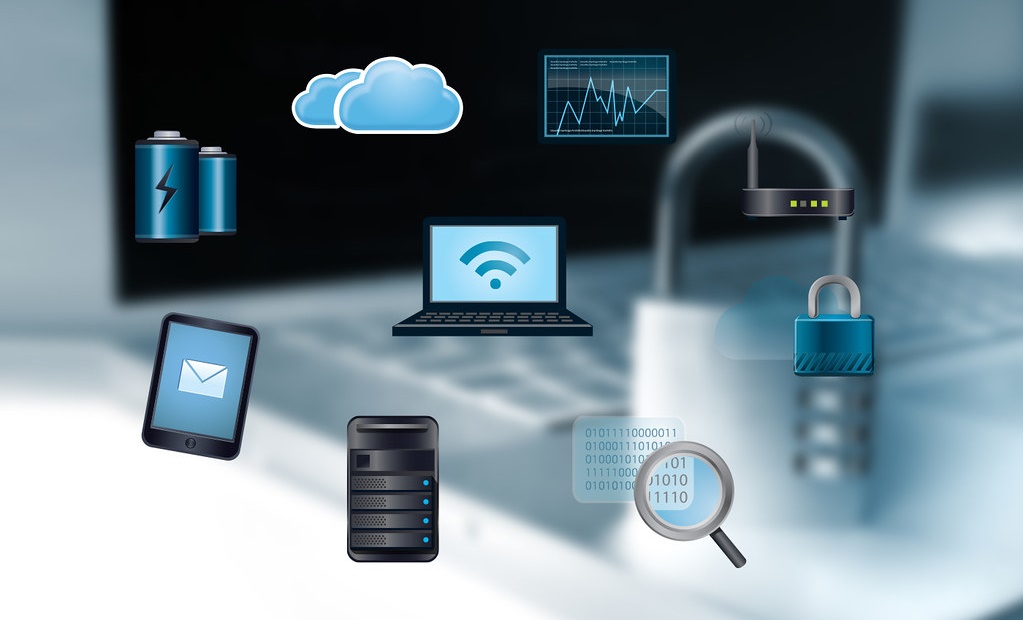What is the Dark Web?
The Dark Web is a hidden universe contained within the “Deep Web”- a sublayer of the Internet that is hidden from conventional search engines. Search engines like Google, BING and Yahoo only search .04% of the indexed or “surface” Internet. The other 99.96% of the Web consists of databases, private academic and government networks, and the Dark Web. The Dark Web is estimated at 550 times larger than the surface Web and growing. Because you can operate anonymously, the Dark Web holds a wealth of stolen data and illegal activity.
Password Criteria
Employees often recycle passwords throughout their work and personal networks. If your internal requirement is to have a capital letter and special character, it’s common practice for employees to use a password they are familiar with, and add a capital letter and exclamation mark. (Example: Exposed Password: cowboys, Variation: Cowboys!, Cowboys1, Cowboys!1, and so on.) Knowing this, hackers will run scripts using metasploit frameworks (hacking and pentesting tools) to “brute force” their way into an unsuspecting system.
Is it safe to say cloud storage is a serious concern for data breach? With most of our software tools moving to cloud hosting, Does this create more risk for my company’s IP?
There can be as much risk to your data within a Cloud environment as there is when it resides locally within your own servers. When researching Cloud providers and data centers, make sure you understand their compliance and certification with the security standards and protocols that impact your industry.
If your personal data is found on the Dark Web, Can it be removed?
Once the data is posted for sale within the Dark Web, it is quickly copied and distributed (re-sold or traded) to a large number of cyber criminals, within a short period of time. It is generally implausible to remove data that has been disseminated within the Dark Web. Individuals whose PII has been discovered on the Dark Web are encouraged to enroll in an identity and credit monitoring service immediately.
How are the Stolen or exposed Data source locations and credentials found on the Dark Web?
Dark Web ID focuses on cyber threats that are specific to our clients’ environments. We monitor the Dark Web and the criminal hacker underground for exposure of our clients’ credentials to malicious individuals.
We accomplish this by looking specifically for our clients’ top level email domains. When a credential is identified, we harvest it. While we harvest data from typical hacker sites like Pastebin, a lot of our data originates from sites that require credibility or a membership within the hacker community to enter. To that end, we monitor over 500 distinct Internet relay chatroom (IRC) channels, 600,000 private Websites, 600 twitter feeds, and execute 10,000 refined queries daily.
Are former employees’ credentials who are no longer working with your company still a risk?
Are former employees’ credentials who are no longer working with your company still a risk?
Discovery of credentials from legacy employees should be a good reminder to confirm you’ve shut down any active internal and 3rd party accounts that could be used for exploit.

How can DataGuard help?
DataGuard can help you in identifying vulnerabilities and setting up defenses. Our expert team offers tailored solutions to mitigate cybersecurity threats, including robust training programs, proactive risk assessments, and state-of-the-art security measures.

GUARDIAN ABSOLUTE PROGRAM
Guardian Absolute Program is DataGuard’s flagship comprehensive cybersecurity solution to protect organizations against various threats, combining security technologies, methodologies, and best practices to create a robust defense posture. See More



